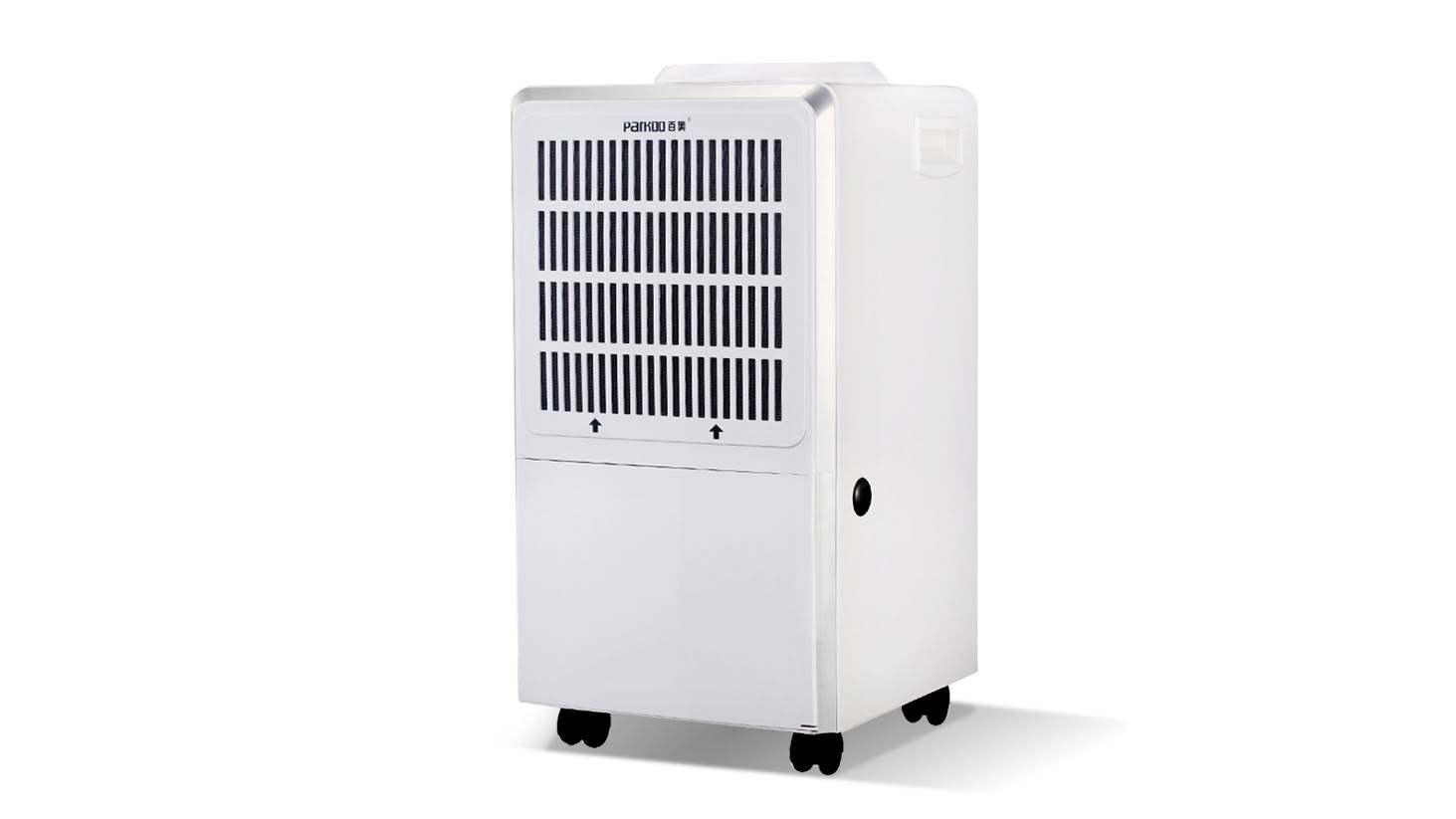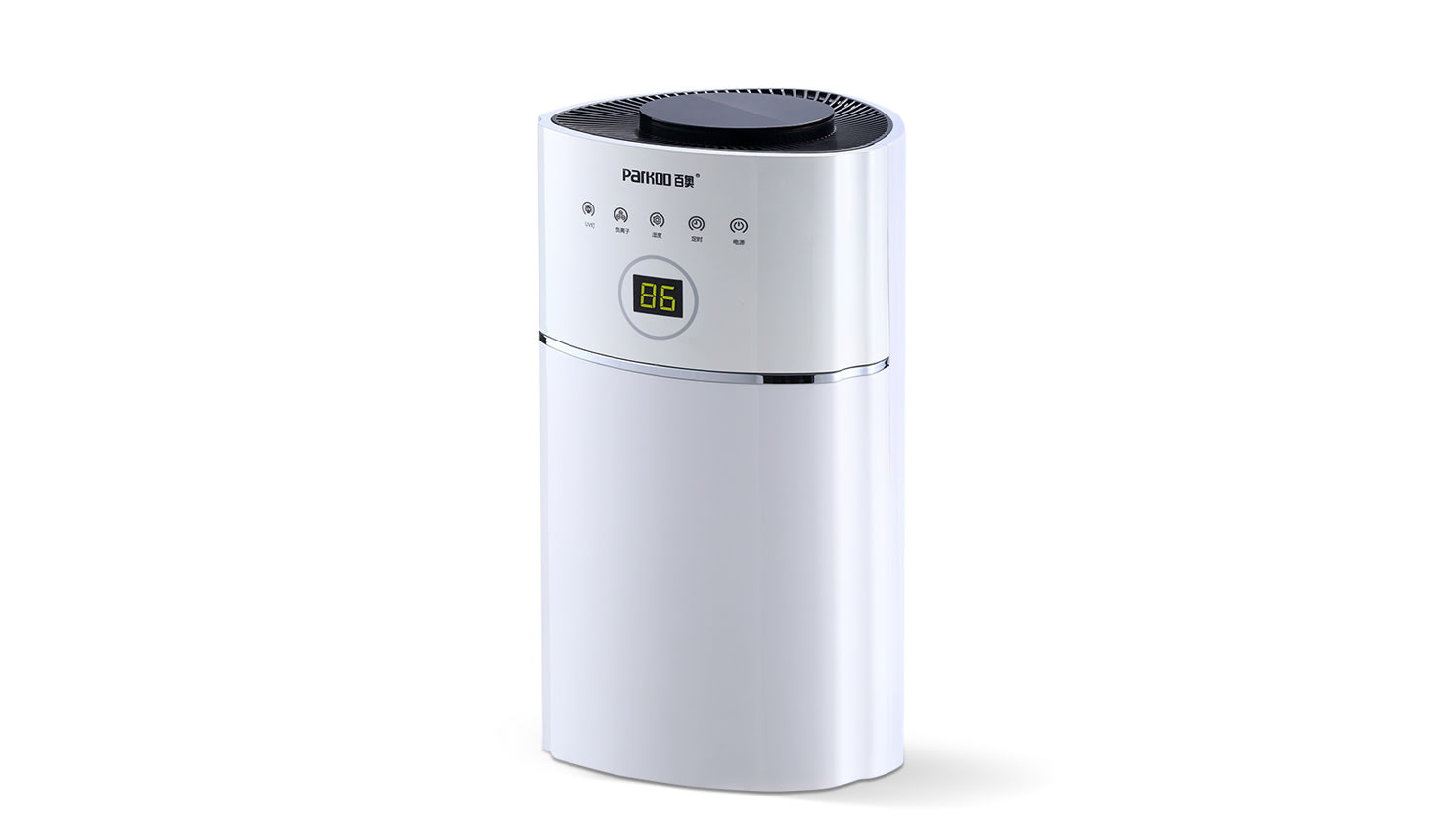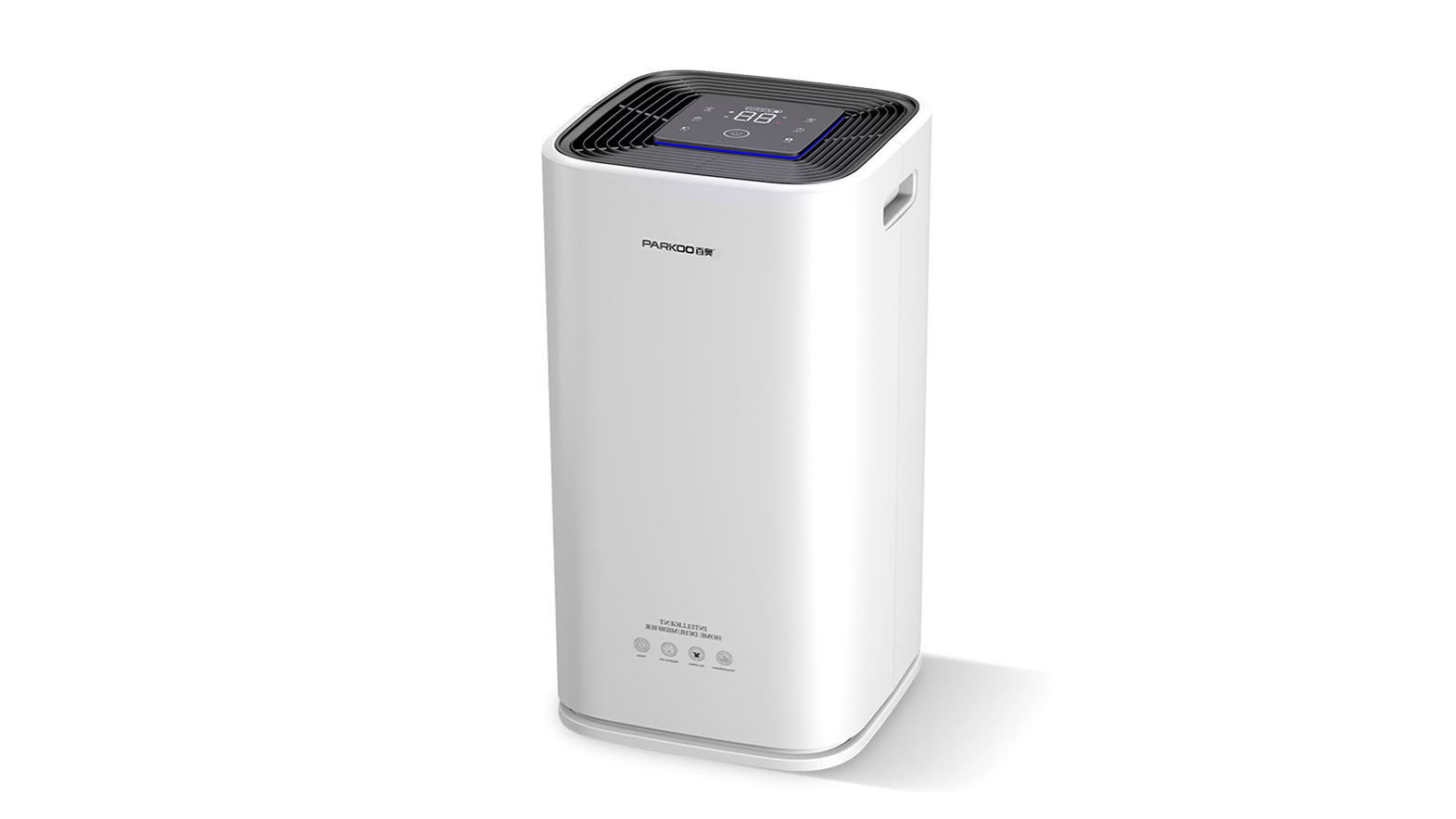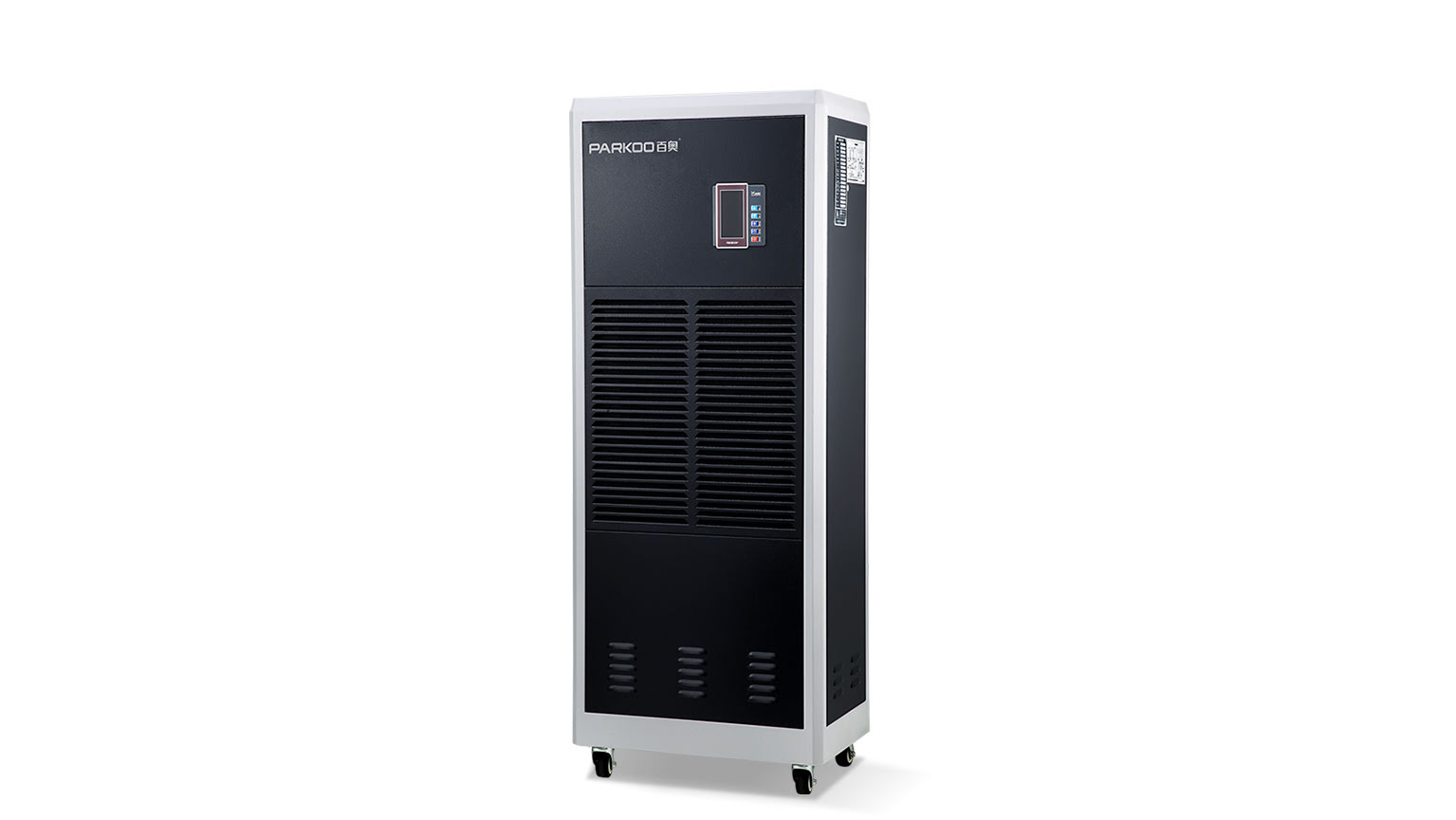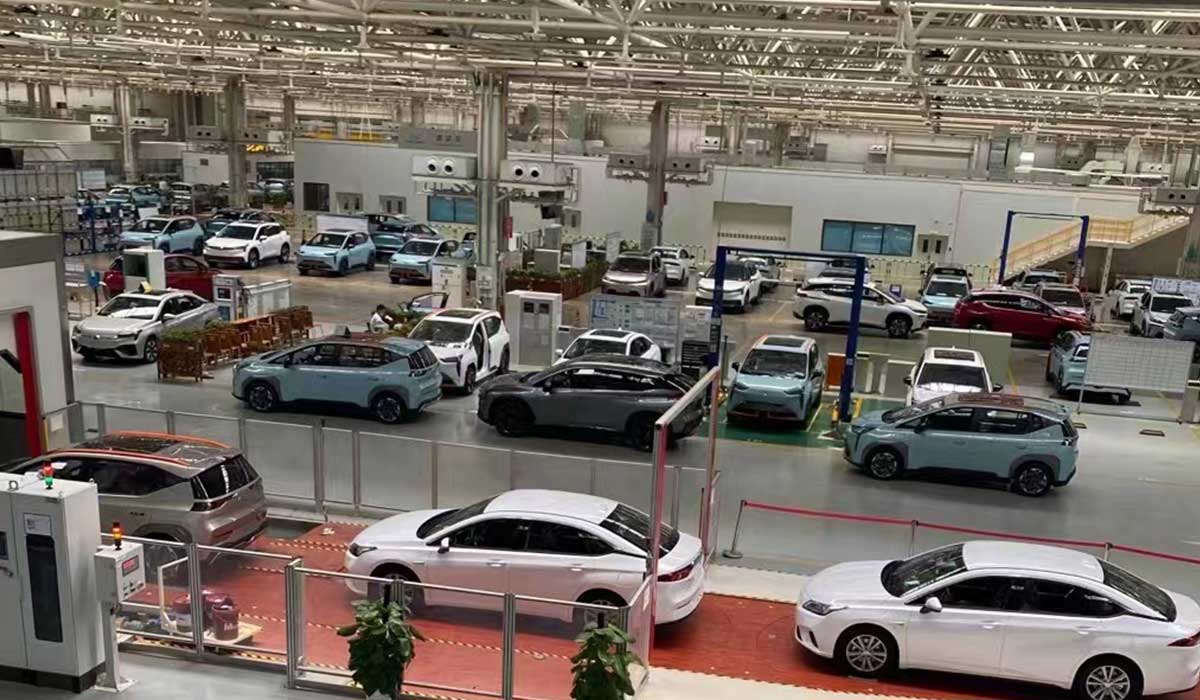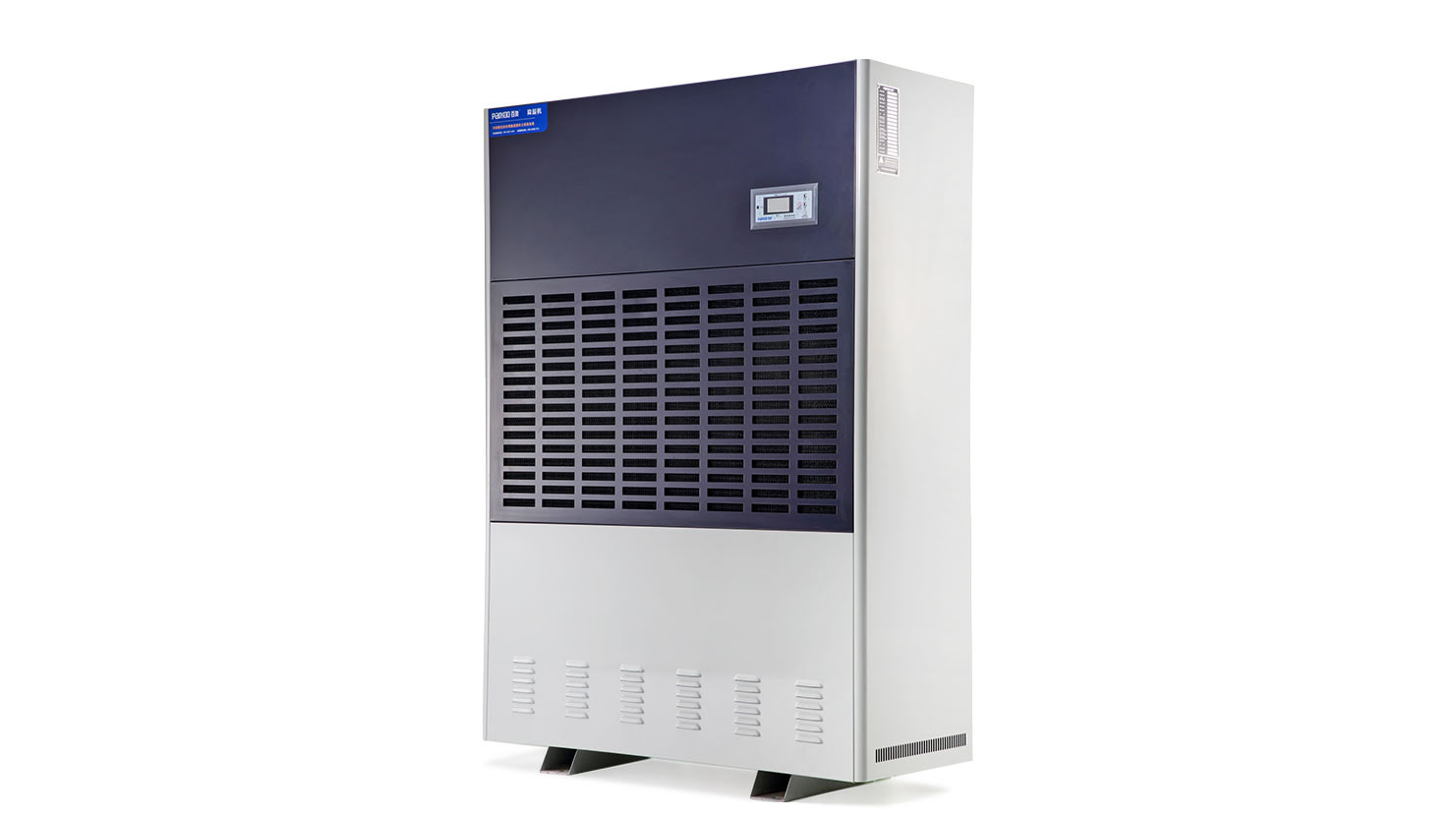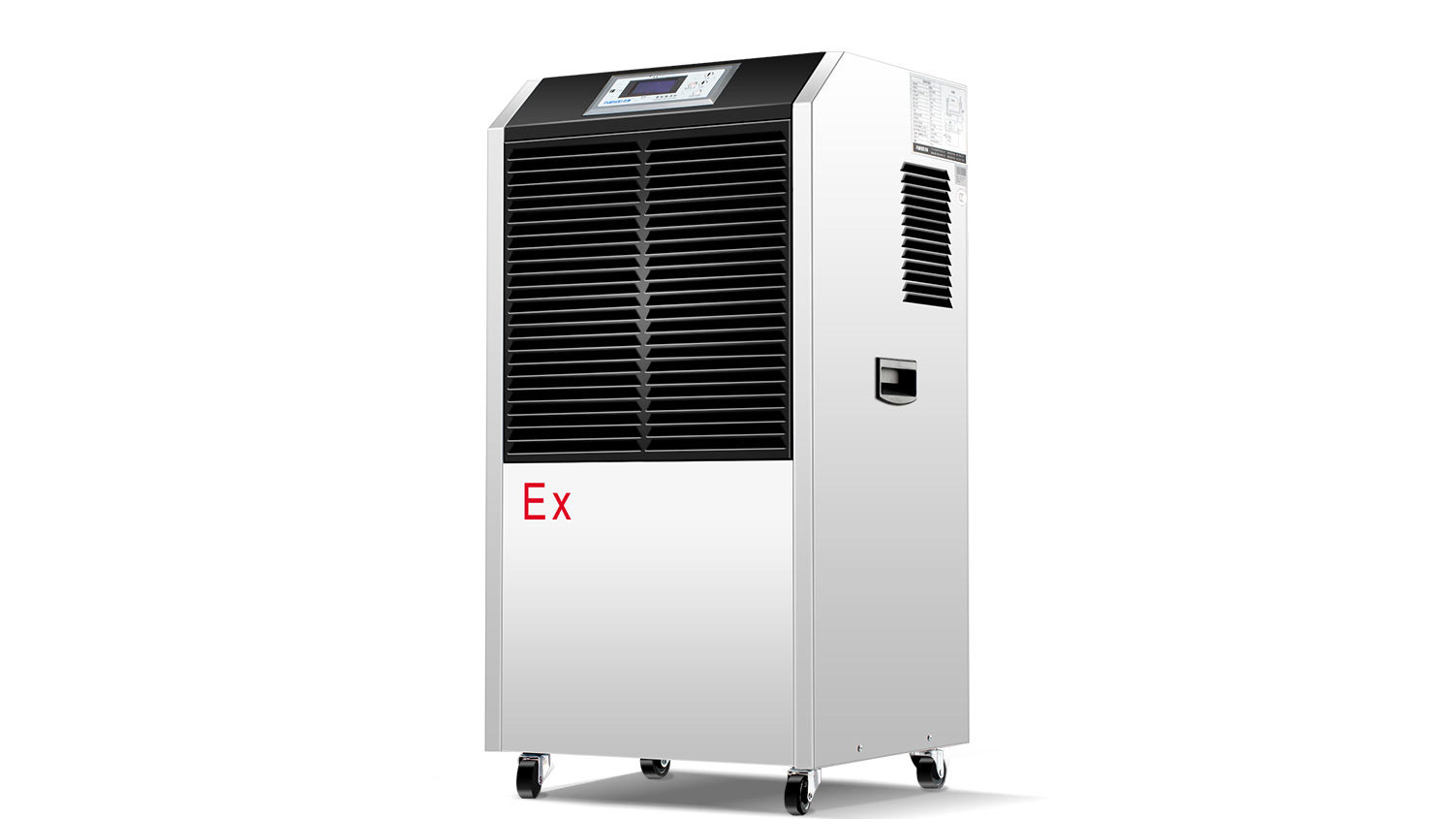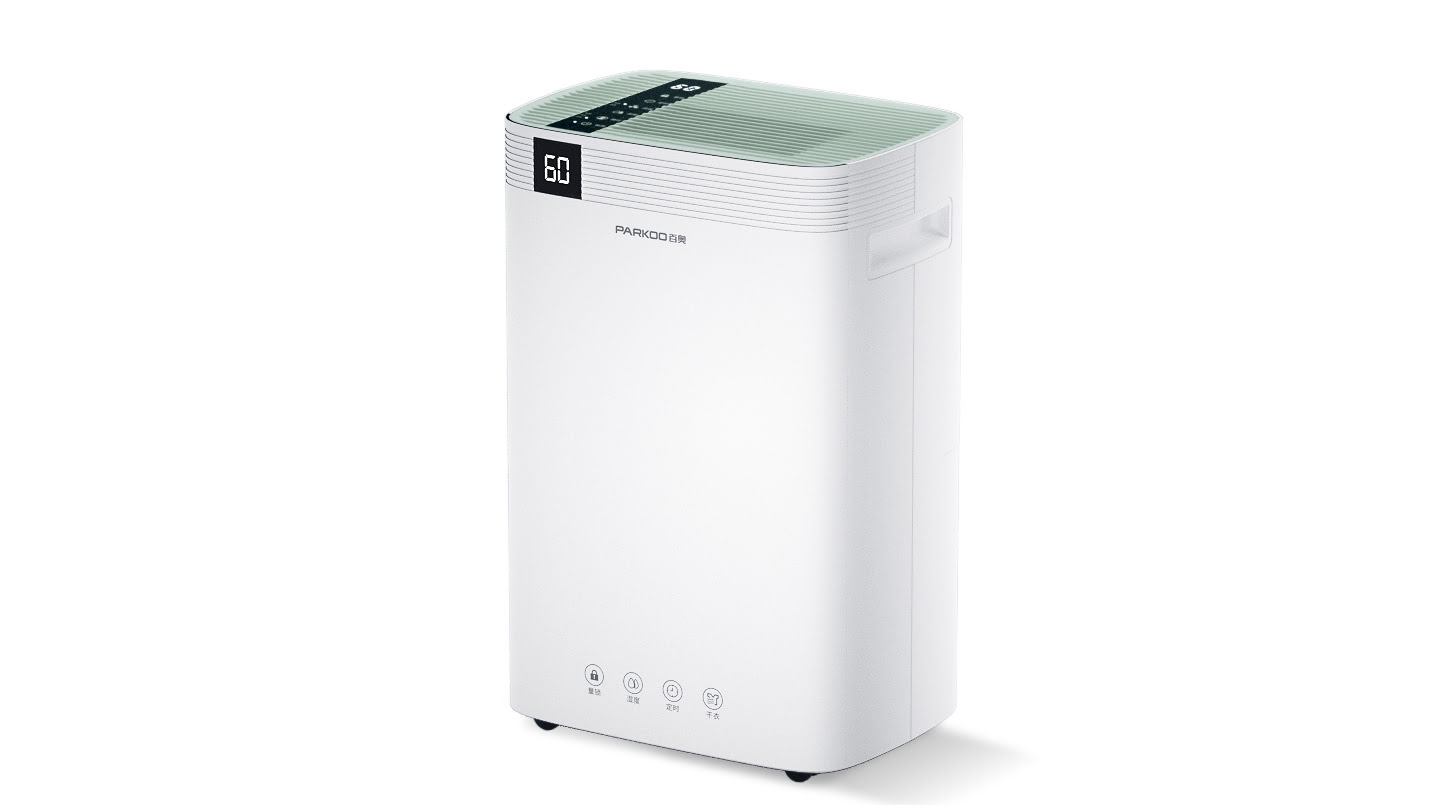DehuMidifiers are essential household appliances for every household, especially in Hot summers where they cannot be used without dehumidifiers. Therefore, dehumidifiers are often used in people's daily lives. However, there are also some malfunctions that may occur during the use of dehumidifiers, such as the phenomenon of dehumidifier icing. so what is the reason for dehumidifier icing? Let's take a look at the reasons for dehumidifier icing together. Let's take a look together with the editor!
What is the reason for dehumidifier icing
Excessive refrigerant in the deHumidification mechanism can also Cause the dehumidifier to freeze. Some dehumidifiers inject refrigerant from the beginning Due to displacement, leakage, and other reasons. Repair personnel improperly add too much refrigerant, resulting in too much refrigerant flowing to the evaporator and paRTially evaporating and freezing. this type of ice often forms in the back of the evaporator and around the compressor return pipe, releasing the remaining refrigerant.
2. Lack of refrigerant
after a long period of use, a split dehumidifier may experience refrigerant leakage or leakage. After reducing the refrigerant in the refrigeration system, the evaporation pressure is too low, causing the evaporator to freeze. The freezing direction is Usually in the front part of the evaporator. The solution is to first handle the leaking area and add enough refrigerant.
3. The evaporator is too dirty
After the dehumidification machine is used for a period of time, dust in the air or microorganisms generated by the evaporator will accumulate on the evaporator, blocking air flow and forming a reduction in heat exchange. The evaporator temperature is too low and freezes, with the freezing direction located in the rear part of the evaporator. After the ice melts, rinse the evaporator with water and brush along the fins with a soft bristle brush. Be Careful not to wet the electrical parts.
4. Compressor defect
After the dehumidifier is used for a long time, the compressor's compression power decreases, and peRHaps the compressor's gas distribution system is damaged, resulting in low pressure and freezing. The freezing direction is also in the front part of the evaporator, and the former needs to add some refrigerant. If the fault persists, the compressor must be replaced.
5. Temperature contRoller failure
The gas pressure in the temperature sensing chamber of the mechanical temperature controller changes with the temperature, driving the contact of the temperature controller to act. Due to contact adhesion, lack of Spring elasticity, and other reasons, the contact is often closed, and the dehumidification machine is continuously turned on, resulting in icing and replacing the temperature controller.
6. Low air volume
After using dehumidification machines for a period of time, some fan blades have a lot of masonry dirt that affects the air supply, forming evaporator icing and removing masonry dirt. Some fans also slow down due to mechanical and Electrical reasons, resulting in low air volume and evaporator icing. The mechanical reasons are mostly due to bearing and bearing wear, increased resistance, and slower speed. Electrical reasons are mostly due to capacitor Charging and discharging failure or fan turn to turn short circuit, resulting in slow speed or even fan winding burning, The motor does not rotate, and this icing phenomenon Needs to be Corrected or replaced with the fan According to the detailed condition.
The above introduces the reason why dehumidifiers freeze, and now let's take a look at how dehumidifiers should be Maintained:
1. Check the power cord, piping insulation sleeve, and strapping of the dehumidification machine for damage, looseness, and other phenomena.
2. Check the power plug and socket for leakage. Of course, some dehumidifiers, such as the domestic brand Hualing dehumidifier, have the function of maintaining the circuit to avoid accidents. Even so, it is still necessary to frequently check the circuit to ensure safety.
3. Check if the condenser and evaporator need to be cleaned. If there is a lot of dust adhering, it may affect the heat exchange effect.
4. Check if there are any obstructions blocking the suction and blowing ports of the outdoor Unit, otherwise it will not only hinder heat release, but also cause the compressor to bear excessive load and shorten its lifespan.
5. Do not directly flush the dehumidification machine with water during Cleaning, as this may cause internal wiring to beCome Damp, short circuited, or cause electric shock.
6. The water temperature during cleaning should not exceed 40 degrees Celsius, and strong corrosive solvents such as gasoline should not be used for cleaning.
7. Regularly clean the dust filter to avoid a decrease in airflow speed, Cooling, and dehumidification due to dust blockage. Cleaning process: Grasp the Handle of the dust filter, pull it out, and gently wipe away the dust and dirt on the net. Assuming it is too dirty, it can be washed with detergent, dried in the sun, and then loaded into the face frame.
8. Do not Puncture foreign objects such as sticks into the air supply and return ports of the dehumidification machine to avoid damaging the components.
9. Heat exchangers (evaporation equipment and condensers) are generally maintained Once every two years. Non flammable, explosive, and non corrosive gases can be used to blow away dust on the heat exchanger.
10. Regularly inspect the drainage pipes to avoid wetting the Environment due to blockage or bending.
The above is an Introduction to the reason why dehumidifiers freeze, hoping to help Everyone. That's all for the article toDay.
